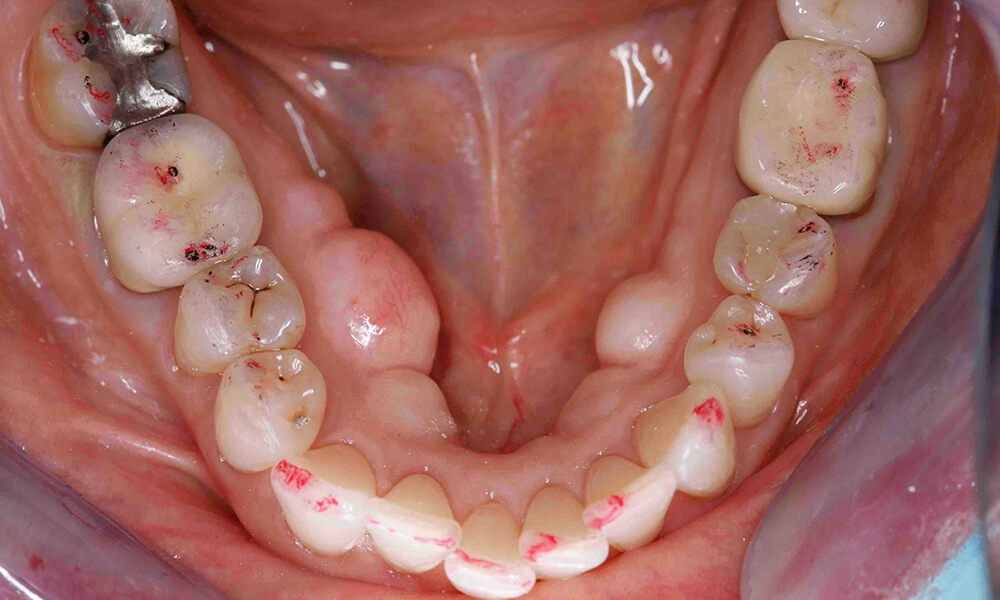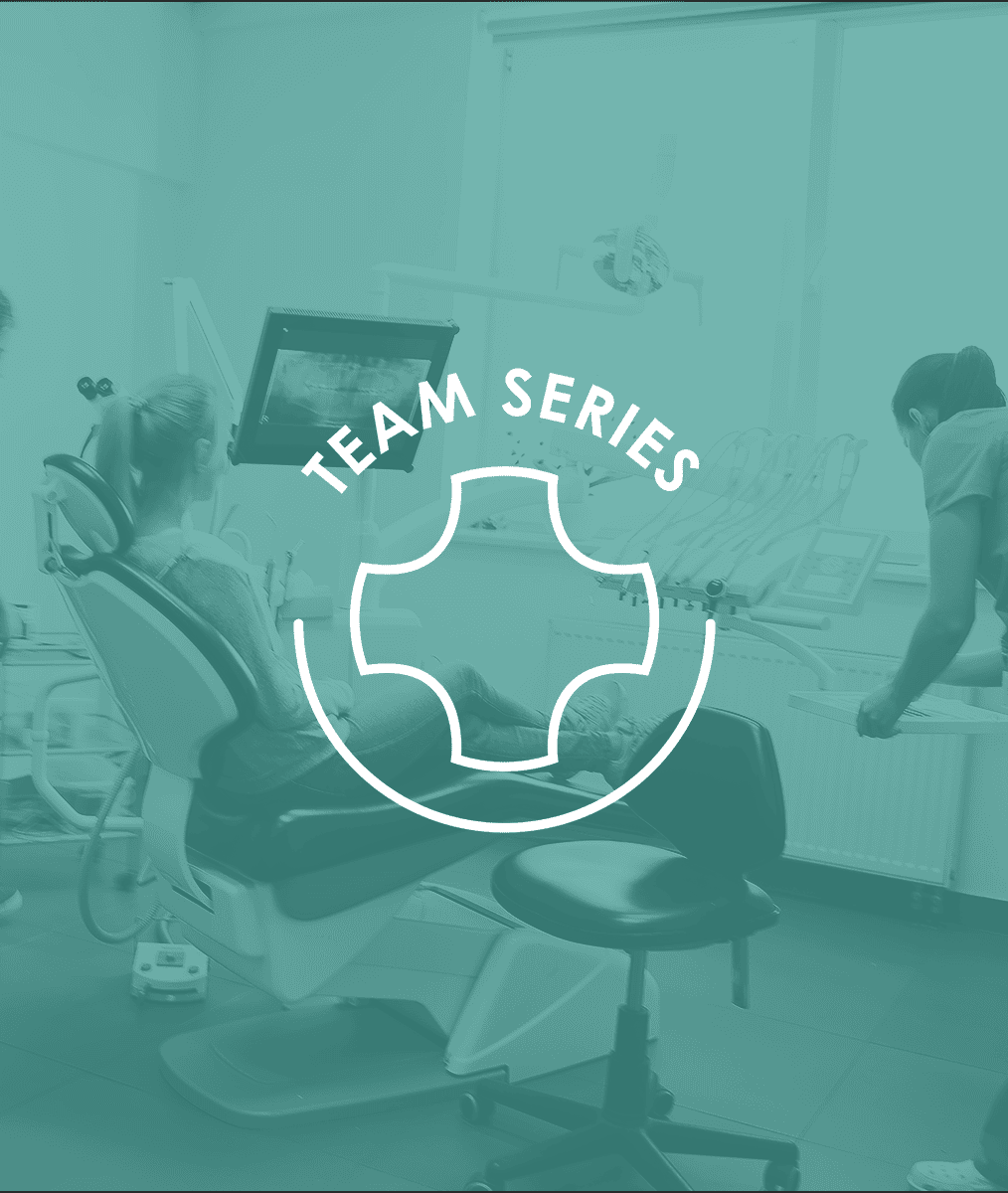
Demystifying Occlusion
I’ll admit that for a portion of my professional career I didn’t think twice about occlusion.
Today occlusion is as well integrated into my thought process as caries, perio or restorative considerations. What role does occlusion play in your practice? Is it part of your routine diagnostics? Is it fully integrated with your esthetic and restorative treatment planning? Or do you only wonder about it when a patient breaks something or you are concerned about moving forward with a severe wear case?
Early in my career occlusion would show up as a frustration.
One example is when I would prepare a second molar being very careful about creating adequate occlusal clearance, using both depth-cutting burs and checking the result with bite registration, just to have my assistant come and tell me she didn’t have enough clearance to make the provisional. It was a relief years later in my first CE course with a focus on occlusion to learn this was not rapid super-eruption or a mistake on my part, but muscle release due to removal of a key occlusal contact, and I could predict this before I prepped the tooth.
How about the patient who would come into my office for a hygiene visit or a buccal pit restoration with no joint sounds and call the next day concerned that their jaw had been clicking ever since they left the office the day before? What a relief when I learned these patients had an underlying risk for disc displacement called ligament laxity, and I could diagnose it quickly at an exam appointment.
An everyday occlusal issue I run into is the patient with a limited opening who needs posterior dentistry.
Perhaps, they can open at the beginning but rapidly fatigue and their jaw begins to shake and close as we work. What a gift it is today that I can identify this as a symptom of overuse of the elevator muscles, treat it easily and quickly at a restorative appointment with a deprogrammer, and offer the patient options for relaxing their muscles and allowing them to stay healthy.
The process of demystifying occlusion and having it become an everyday reality for me required committing to a series of hands-on CE programs, being willing to manage my learning, and then taking it back to my patients and beginning to use what I was learning in small steady steps. The benefit has been less frustration, increased confidence with my patients, and an ability to help patients in new and profound ways I didn’t have before.
My appreciation for occlusion didn’t stop with my practice.
It became a passion and is a huge piece of the continuing education I teach with The Pankey Institute to demystify occlusion for others.
Related Course
The Pankey Administrative Team: Inspiring Front Office Excellence
DATE: February 6 2025 @ 8:00 am - February 7 2025 @ 2:00 pmLocation: The Pankey Institute
CE HOURS: 16
Regular Tuition: $ 2150
Single Occupancy Room with Ensuite Bath (Per Night): $ 345
THIS COURSE IS SOLD OUT The Pankey Administrative Team: Inspiring front office excellence Front office systems for a Pankey-trained dentist hold very specific differences compared to a typical dental office. …
Learn More>






